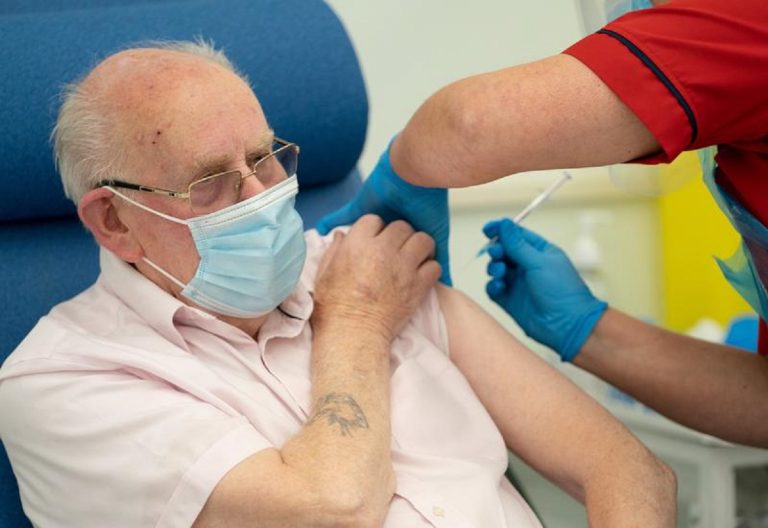Since a new Covid strain has been identified, scientists have started monitoring its evolutions.

A mutated virus may sound scary but that’s what viruses do. Most of the time it is either an unimportant tweak or the virus modifies itself in such a way that it gets worse at infecting us and the new variant just dies out.
Hardly it hits on a new winning method. That said, a new Covid strain has been identified in the UK.
Covid, a new strain has been identified
A mutated coronavirus has been detected in south-east England, where London is, which can transmit more easily and cause more serious symptoms or render the vaccine useless.
There are two reasons why scientist keeping a close eye on it. First, levels of the variant are higher in places where cases are higher. It may a warning sign and can be interpreted in two ways. The virus could have mutated to spread more easily and is causing more infections.
But variants can also get a lucky break by infecting the right people at the right time. It needs some experiments in the laboratory to proof it.
The other issue is how the virus has mutated. Prof Nick Loman from the Covid Genomics UK (COG-UK) Consortium told, “It has a surprisingly large number of mutations, more than we would expect, and a few look interesting.”
There are two notable sets of mutation. The mutation N501 changes the most important part of the spike, known as the “receptor-binding domain”.
This is where the spike makes the first contact with the surface of our body’s cells. Any changes that make it easier for the virus to get inside are likely to give it an edge. Prof Loman said that it looks and smells like an important adaptation.
The other mutation, an H69/V70 deletion has appeared several times before, including famously in infected mink. The concern was that antibodies from the blood of survivors were less effective at attacking that variant of the virus.
Again, it is going to take more laboratory studies to understand what is going on. Mutations to the spike protein lead to questions about the vaccine because of the three leading jabs – Pfizer, Moderna and Oxford – all train the immune system to attack the spike.
However, the body learns to attack multiple parts of the spike. That is why health officials remain persuaded the vaccine will work against this variant. This is a virus that evolved in animals and made the jump to infecting people around a year ago.
Since then it has been picking up around two mutations a month. If we take a sample today and compare it to the first ones from Wuhan in China and there would be around 25 mutations separating them.




